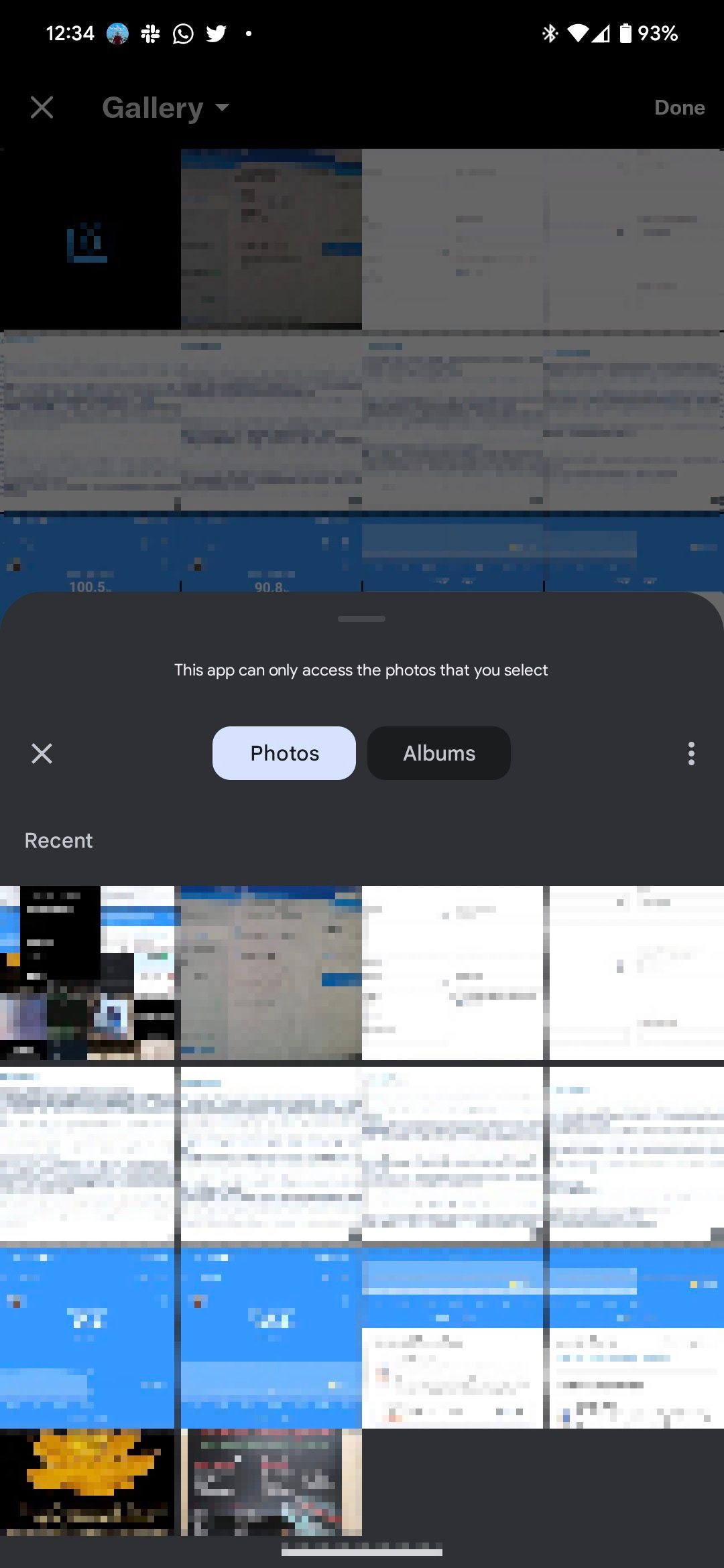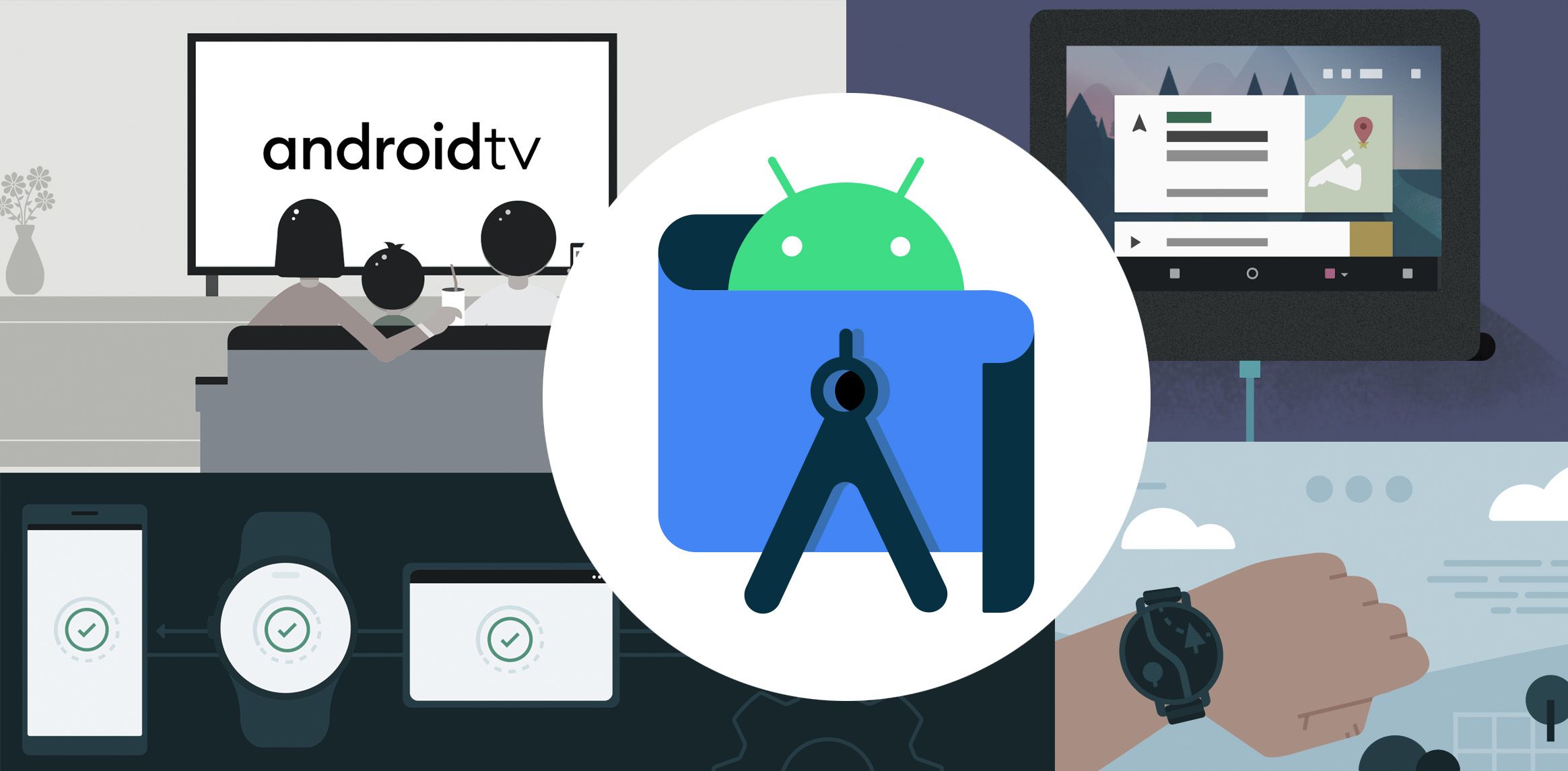Android’s biggest strength and weakness is its fragmentation. It’s great that Android allows us to get hundreds of amazing smartphones from all kinds of manufacturers every year, but this also means that all of these devices need their own update channels—and some of them just inevitably get left behind. Google was able to fix a lot of problems related to this by decoupling core Android components from the operating system itself as part of Project Mainline, and now, the company is introducing a way to make it easier for developers to take advantage of the latest features across all Android versions.
Google has introduced the new Extension SDK framework. It allows developers to more easily understand which features are available on which phones. As some system components are decoupled from system updates, it’s harder for apps to tell which capabilities they can take advantage of in a given version of Android, and this new Extension SDK makes it possible for developers to check exactly which features are available for their apps to use.

Google gives Android 13's new photo picker as an example, which it brought to older Android releases using Project Mainline. The new SDK will make it easier for developers to find out which phones actually support the photo picker, allowing them to use this feature only when they are sure that a phone will display it as expected. This should mean that the photo picker will be adopted pretty widely quickly.
Another reason Google cites for the new Extension SDK is the Privacy Sandbox, which is a component meant to replace third-party cookies and provide more private but still personalized advertisements. The APIs are currently being tested in Android 13, but they will come to older versions of Android, too, at which point it will be important for developers to know which phones support them and which don’t.

